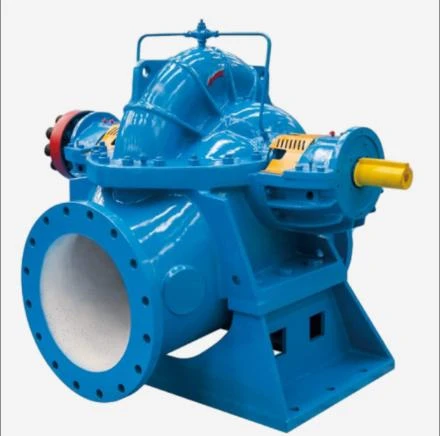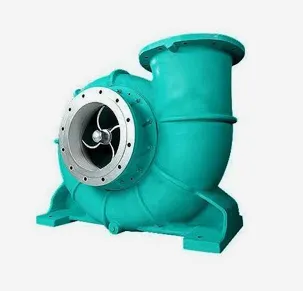TEL:
+86 13120555503
Uighur
- Afrikaans
- Albanian
- Amharic
- Arabic
- Armenian
- Azerbaijani
- Basque
- Belarusian
- Bengali
- Bosnian
- Bulgarian
- Catalan
- Cebuano
- Corsican
- Croatian
- Czech
- Danish
- Dutch
- English
- Esperanto
- Estonian
- Finnish
- French
- Frisian
- Galician
- Georgian
- German
- Greek
- Gujarati
- Haitian Creole
- hausa
- hawaiian
- Hebrew
- Hindi
- Miao
- Hungarian
- Icelandic
- igbo
- Indonesian
- irish
- Italian
- Japanese
- Javanese
- Kannada
- kazakh
- Khmer
- Rwandese
- Korean
- Kurdish
- Kyrgyz
- Lao
- Latin
- Latvian
- Lithuanian
- Luxembourgish
- Macedonian
- Malgashi
- Malay
- Malayalam
- Maltese
- Maori
- Marathi
- Mongolian
- Myanmar
- Nepali
- Norwegian
- Norwegian
- Occitan
- Pashto
- Persian
- Polish
- Portuguese
- Punjabi
- Romanian
- Russian
- Samoan
- Scottish Gaelic
- Serbian
- Sesotho
- Shona
- Sindhi
- Sinhala
- Slovak
- Slovenian
- Somali
- Spanish
- Sundanese
- Swahili
- Swedish
- Tagalog
- Tajik
- Tamil
- Tatar
- Telugu
- Thai
- Turkish
- Turkmen
- Ukrainian
- Urdu
- Uighur
- Uzbek
- Vietnamese
- Welsh
- Bantu
- Yiddish
- Yoruba
- Zulu
Telephone: +86 13120555503
Email: frank@cypump.com
فېۋرال . 19, 2025 04:16 Back to list
septic tank pumps
The role of a pump tank in septic systems is often underestimated, yet it is integral to ensuring the long-term effectiveness and efficiency of a home's wastewater management system. Unlike traditional gravity-fed septic systems, a pump tank uses a motor-driven pump to move effluent from the septic tank to the drain field, making it an indispensable component in certain landscapes and property configurations. With growing awareness of sustainable waste management practices, the advantages of using a pump tank in septic systems are clearer than ever.
Long-term maintenance of a pump tank is another major consideration. Routine checks are essential to ensure the pump's functionality and the overall health of the system. This includes regular inspection of electrical components, checking for leaks, and monitoring sludge levels. Furthermore, pump tanks often come equipped with alarms to alert homeowners to high water levels or pump malfunctions, providing an additional layer of reassurance. Moreover, the environmental benefits provided by a pump tank in septic systems align with global sustainability goals. By ensuring the even distribution of effluent, pump tanks help maintain soil health and prevent nutrient overload, which can lead to algal blooms in nearby water bodies. The precise control over wastewater dispersal offered by pump tanks can also extend the lifespan of the drain field itself, reducing the need for costly replacements and minimizing environmental impact. A pump tank can serve as a testament to the advances in septic technology and its role in modern wastewater management. Understanding its utility and benefits illustrates how integral these systems are in preserving both the environment and the functionality of home infrastructure. Homeowners investing in pump tanks contribute to a sustainable future and ensure the reliability of their septic systems for decades to come. Selecting the right type of pump tank, guided by specific property needs and constraints, requires an expert assessment. As such, engaging with seasoned professionals and staying informed about innovations in the industry are critical steps in safeguarding one's property and the surrounding environment. Consider the pump tank not merely as an add-on but as a core component that enhances the efficiency, safety, and ecological responsibility of septic systems.


Long-term maintenance of a pump tank is another major consideration. Routine checks are essential to ensure the pump's functionality and the overall health of the system. This includes regular inspection of electrical components, checking for leaks, and monitoring sludge levels. Furthermore, pump tanks often come equipped with alarms to alert homeowners to high water levels or pump malfunctions, providing an additional layer of reassurance. Moreover, the environmental benefits provided by a pump tank in septic systems align with global sustainability goals. By ensuring the even distribution of effluent, pump tanks help maintain soil health and prevent nutrient overload, which can lead to algal blooms in nearby water bodies. The precise control over wastewater dispersal offered by pump tanks can also extend the lifespan of the drain field itself, reducing the need for costly replacements and minimizing environmental impact. A pump tank can serve as a testament to the advances in septic technology and its role in modern wastewater management. Understanding its utility and benefits illustrates how integral these systems are in preserving both the environment and the functionality of home infrastructure. Homeowners investing in pump tanks contribute to a sustainable future and ensure the reliability of their septic systems for decades to come. Selecting the right type of pump tank, guided by specific property needs and constraints, requires an expert assessment. As such, engaging with seasoned professionals and staying informed about innovations in the industry are critical steps in safeguarding one's property and the surrounding environment. Consider the pump tank not merely as an add-on but as a core component that enhances the efficiency, safety, and ecological responsibility of septic systems.
Share
Next:
Latest news
-
Reliable Non-Clog Sewage Pumps with GPT-4-Turbo Tech
NewsAug.04,2025
-
High-Performance Air Pumps for Sand & Gravel | Efficient Transport
NewsAug.03,2025
-
ISG Series Vertical Pipeline Pump - Chi Yuan Pumps Co., LTD.|Energy Efficiency, Corrosion Resistance
NewsAug.03,2025
-
ISG Series Pipeline Pump - Chi Yuan Pumps | Energy Efficiency&Compact Design
NewsAug.03,2025
-
ISG Series Vertical Pipeline Pump - Chi Yuan Pumps Co., LTD.|High Efficiency, Low Noise, Durable
NewsAug.02,2025
-
ISG Series Vertical Pipeline Pump - Chi Yuan Pumps | High Efficiency, Low Noise
NewsAug.02,2025










